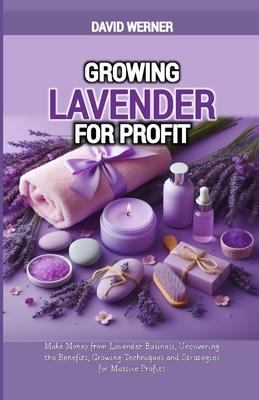Exploring the Potential of Lavender Cultivation for Profit
Cultivating lavender as a lucrative venture offers a pathway to transform a passion for herbs and gardening into a sustainable source of income. Beyond merely selling lavender plants, there exists a spectrum of value-added products, including dried lavender bundles, aromatherapy items, skincare solutions, and herbal sachets, all of which cater to the demand of consumers enamored with the fragrant essence of lavender.
In the realm of lavender cultivation, the lifespan of thriving plants averages around 12 years, with instances recorded of consistent productivity exceeding two decades. Given this longevity, it becomes imperative to embark on comprehensive research to identify the most suitable lavender species tailored to specific market demands, whether for essential oil extraction or other purposes, while also considering adaptability to regional climates and soil conditions. Although lavender exhibits resilience and can thrive in diverse well-drained soils, optimal growth conditions are contingent upon climate and soil characteristics. While the plant can endure without artificial irrigation or fertilization, commercial cultivation necessitates a meticulous approach encompassing planting, irrigation, fertilization, weed management, and harvesting, each exerting a substantial influence on overall yield and costs. Moreover, the efficacy of processing, storage, and distillation techniques profoundly impacts the quantity and quality of essential oil extracted, further underscoring the significance of strategic practices in lavender cultivation.
